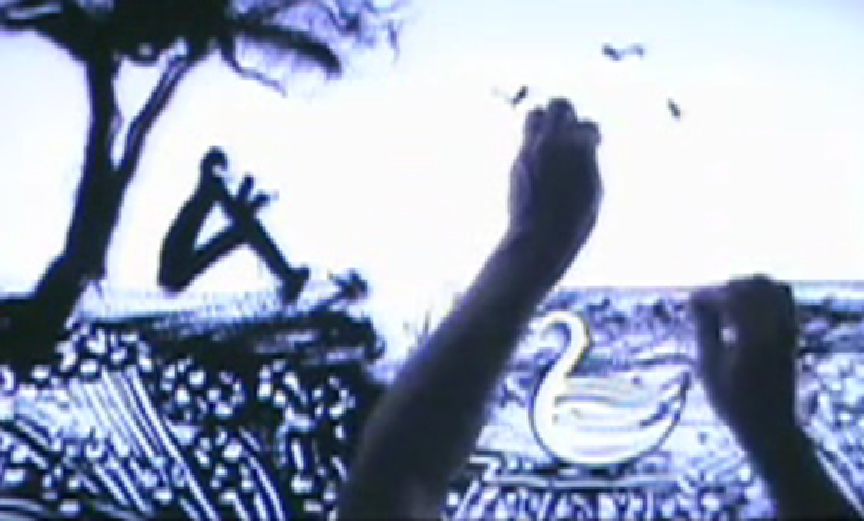A photos slide by BBC, showing how the world is changing cause of the global warming effect.
1. While the effect of human activity on the global climate is hotly debated, physical signs of environmental change are all around us. Some scientists say an increase in the rate of melting of the world’s glaciers is evidence of global warming. Argentina’s Upsala Glacier was once the biggest in South America, but it is now disappearing at a rate of 200 metres per year. Other scientists say its reduction is due to complicated shifts in glacial dynamics and local geology.
2. Glacial change: american photographer Gary Braasch has been documenting images of environmental change since 1999. The image on the left is from an 1859 etching of the Rhone glacier in Valais, Switzerland, and shows ice filling the valley. In 2001, the glacier had shrunk by some 2.5km, and its ‘snout’ had shifted about 450 metres higher up.
3. Rising tides: Some scientists predict that a warmer climate will trigger more violent storms, which will cause increased rates of coastal erosion. This is a section of shoreline at Cape Hatteras in North Carolina in the USA, pictured in 1999 and 2004. The southern United States and Caribbean region were battered by a series of powerful hurricanes last year. Rising sea levels are also expected to speed up coastal erosion.
4. Vanishing islands: Other parts of the world could face even more drastic change. The Intergovernmental Panel on Climate Change (IPCC), a consortium of several thousand independent scientists, predicts that sea levels could rise by between 9 and 88cm in the next century. This would threaten low-lying islands such as Tuvalu in the Pacific. These images, taken this year, show the effects of a higher than usual tide.
5. No snow: As the climate warms up, mountainous regions may experience lower levels of snowfall. This image shows Mount Hood in Oregon at the same time in late summer in 1985 and 2002.
6. More pests: Tree-eating wood beetles are likely to benefit from a warmer climate and reproduce in ever-increasing numbers. These images show damage to White Spruce trees in Alaska caused by the pests.
















